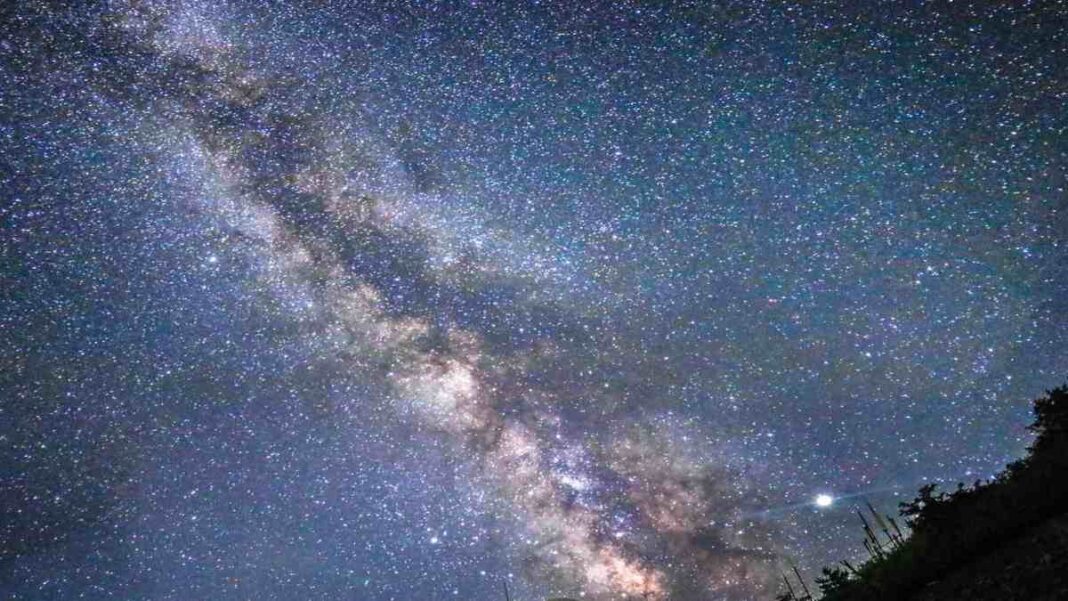UNITED STATES: Scientists have found an old galactic core at the Milky Way’s center, called the galaxy’s heart.
The Milky Way’s center contains a dispersion of stars that are the remains of the galaxy’s former core, which existed when our galaxy was still young.
According to the researchers’ analysis, which was published in The Astrophysical Journal, the cluster of 18,000 stars dates back to the early days of our galaxy.
Modern tools were employed by the researchers, including the most precise three-dimensional model of the Milky Way ever created and a neural network that examined almost two million stars.
This is the first time scientists have so loudly revealed the discovery of historical artifacts.
The 18,000 stars date back to when the Milky Way was merely a small group of proto-galaxies merging to become a larger object.
Astronomer Hans-Walter Rix of the Max Planck Institute for Astronomy led the study. “But our results greatly flesh out the previous picture by revealing that there is definitely a tightly connected in situ ‘iceberg,’ whose tips have been seen before,” the team said.
Rix and his colleagues referred to these stars as the “poor old heart” of the Milky Way.
The scientists used information from the Gaia laboratory of the European Space Agency (ESA), which has been orbiting the Sun for years.
The metallicity of the stars could be calculated thanks to Gaia’s measurements, which provided information about their formation time.
The primaeval universe was composed primarily of hydrogen and a trace amount of helium after the Big Bang 13.8 billion years ago.
When stars began forming, their hot, dense cores began to smash atoms together to create heavier elements. For example, hydrogen was converted into helium, which was then converted into carbon.
A star is more likely to have more metals as it originates later in the cosmos. Scientists discovered this cluster of two million stars with comparable ages and metallicities. Scientists discovered that they are more than 12.5 billion years old.
Also Read: NASA Clicks Stunning Images of Mars Showcasing Craters with Mysterious Deposits



